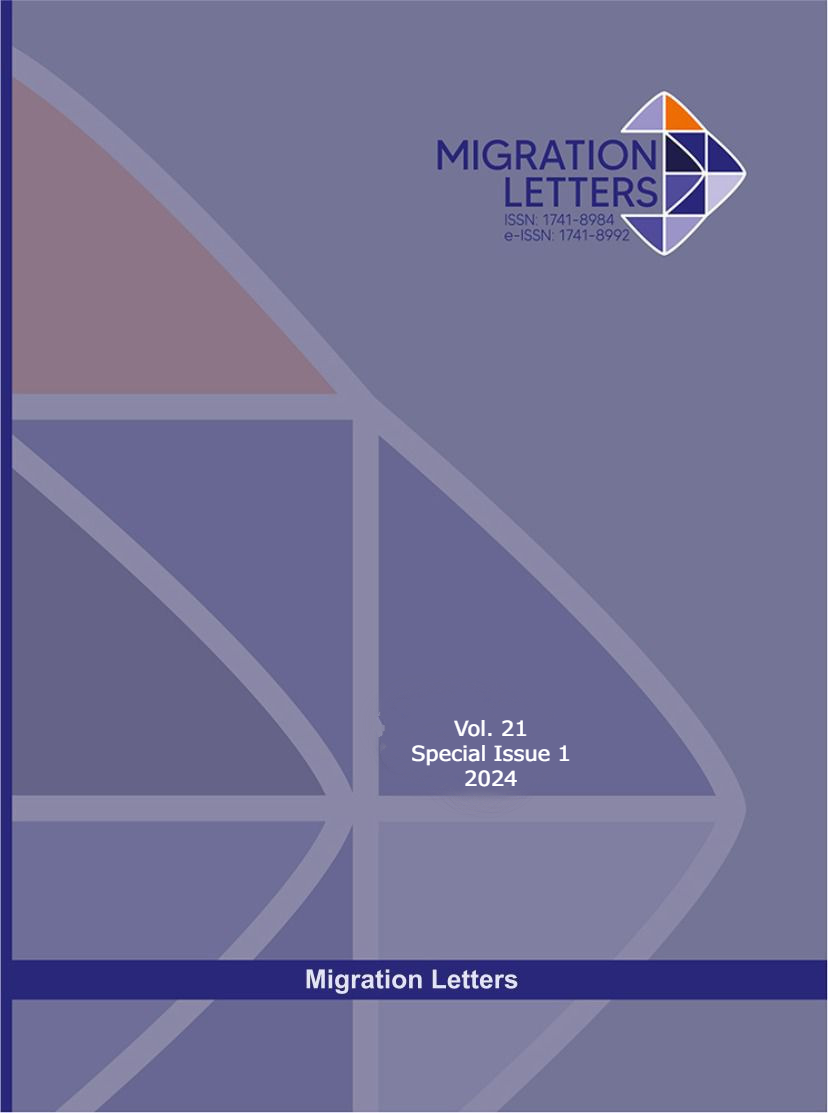Cross-Lingual Sentiment Analysis: Comparative Study of Opinion Expression Across Different Languages
DOI:
https://doi.org/10.59670/ml.v21iS1.6179Abstract
Understanding the interconnectedness of the Jordanian language, culture, and emotion is the purpose of this research. To accomplish this objective, the study employs cross-lingual sentiment analysis, a method that permits a comprehensive examination of the subject. By employing this analysis method, the study aims to offer a deeper understanding of the intricate relationship between culture, language, and emotion in Jordan. Comparing the manners in which speakers of Arabic and English express emotion in their respective languages was the primary objective of this study. The findings of this research shed light on the intricate relationship between the selection of a language and one's cultural identity, illustrating how this dynamic substantially influences the emotional landscape. This inquiry showcases the substantial impact of linguistic relativity and the inherent emotional intensity inscribed in language through the disclosure of a substantial increase in sentiment ratings for posts written in the English language. The results of this research further demonstrate the significance of the influence of linguistic imperialism on the social classification of feelings. The findings above offer significant insights into the complex dynamics between language, culture, and emotion within a heterogeneous and multicultural society.
Metrics
Downloads
Published
How to Cite
Issue
Section
License

This work is licensed under a Creative Commons Attribution-NonCommercial-NoDerivatives 4.0 International License.
CC Attribution-NonCommercial-NoDerivatives 4.0






